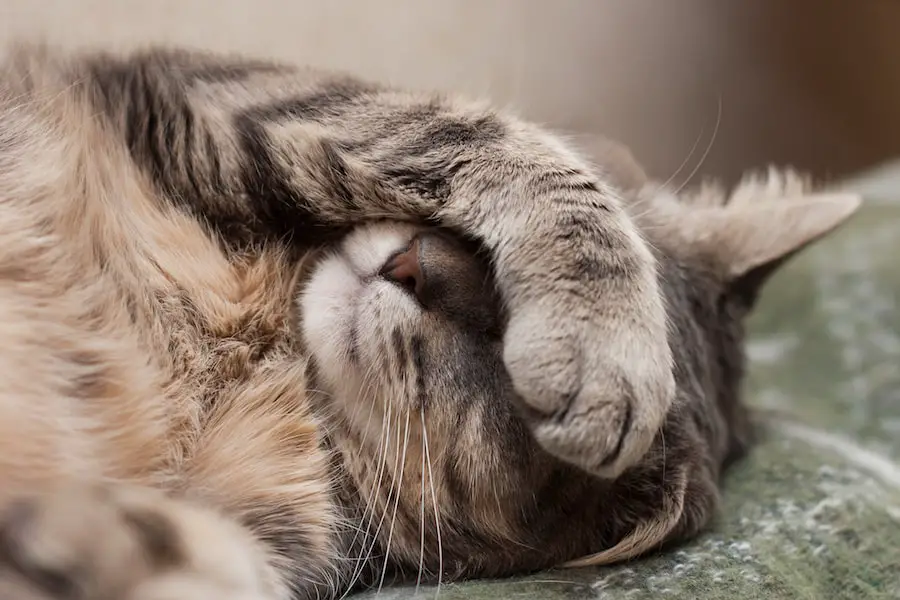There is nothing quite like sharing your life with a feline roommate – it’s pawesome! But like all relationships, it can come with ups and downs, and communication issues about all sorts of things – including medical issues.
While our feline companions do their best to accommodate our preference for verbal communication, it’s not always easy to understand their language. Particularly when your cat might need to see an expert for whatever is ailing them.
It doesn’t help that cats aren’t wired for self-pity or showing vulnerability. In fact, when in pain, their natural instinct is to hide from the world as best they can – making it harder for the owner to know when something is wrong. Our cats try to weather their own storms and deal with illness on their own.
Even so, they can and often do leave us with extremely valuable clues that signal an issue. Let’s examine the following five behaviors your kitty may display in order to communicate that they do, in fact, need your help (and probably your vet’s).
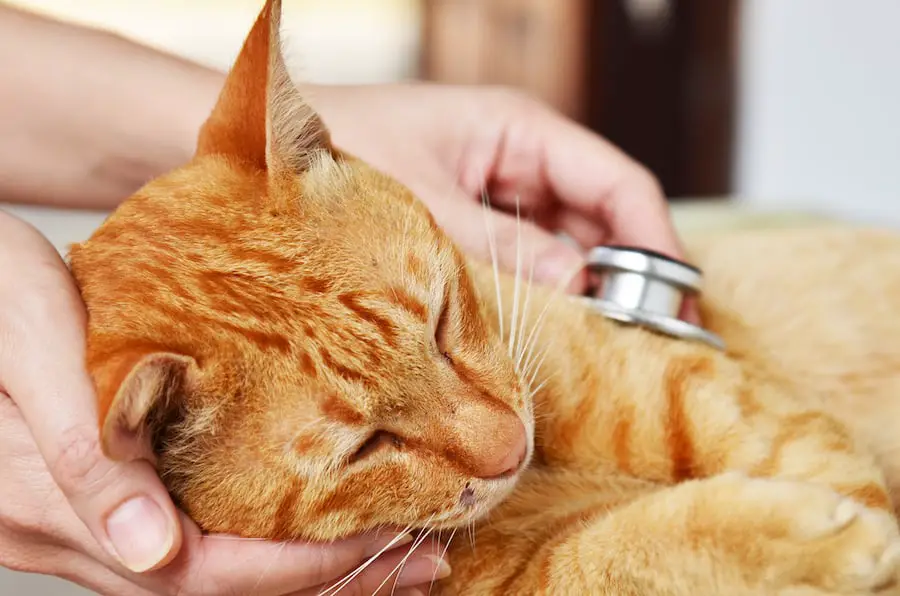
Veterinarian examining a kitten
Litterbox issues
While our first response to litter box issues is typically and understandably anger, this can be a critical sign that your kitty is in pain. Cats often seem to blame the location – the litter box – for the pain they feel during something that should really feel like a relief. So, they try to address the issue by picking another spot.
Elderly cats may have trouble getting over the ledge of a litter box due to arthritis. Urinary blockages caused by crystals can cause horrific pain, blockages, blood in the urine and worse.
Some cats are afflicted with painful diarrhea or constipation – where the stool can be as hard as stone or look marbles.
So, seeing a vet when your kitty suddenly avoids their litter box is a must – and the first step to resolving the issue.
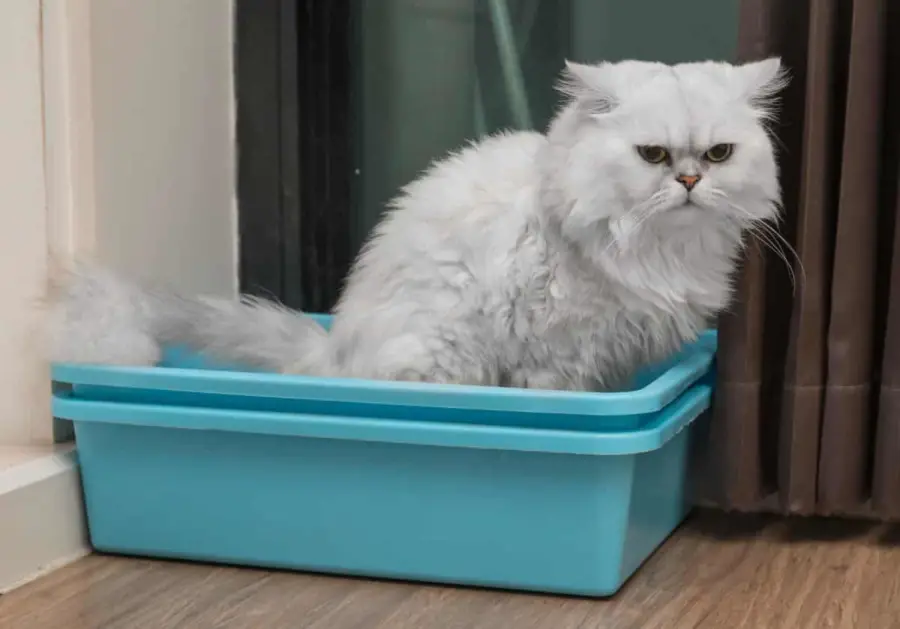
Aggression
Aggression tends to be the number one response to pain.
If you think about it, we humans are no different. When in pain, we get grouchy, short-tempered and irritated. So do our pets.
So, if your kitty is suddenly acting like a grouch, take a moment and pause. What could be bothering them? Any sudden change in personality should be checked with the vet, especially if there is no environmental reason to be found for it. That is doubly true for an increase in aggression, as it is a primary mode of expressing pain.
One of the most common things that goes unnoticed, is chronic pain. Because we get used to the way things are over time, it is harder to notice that our pet has gotten surlier over the years.
For example, senior cats whose teeth need more care, or whose arthritis goes undiagnosed be in terrible pain. Once treated, however, the difference you’ll see in your pet is incredible. They suddenly seem to regain all of their vitality, playfulness and a new lease on life. It’s like a weight has been lifted off their shoulders.
After age 7, it’s a good idea step up vet visits to ensure that your furry family member is in good shape. When they’re 10-11 years old, consider having the vet check them out every 6 months. Each cat is unique, so speak with your vet and develop a care plan that matches your cat’s needs.
Grooming
Grooming is a good thing – usually.
In fact, it’s a sign that your cat is in good health, that they’re taking care of themselves. A cat who is sick will often stop grooming, which can tell us that something could be wrong. This, too is something we can relate to – most of us don’t particularly feel like taking a shower, doing our hair and getting a manicure when we’re sick either.
On the other hand, when a cat starts overgrooming, to the point of licking themselves raw and creating bald patches, there is a problem. Oftentimes, it could be a dermatological problem – a parasite, skin infection or fungus that is driving them crazy. A vet will help you rule out the issue. When physical causes have been ruled out by your vet, consider psychological stressors. Chronic stress can cause your kitty to cope by distracting themselves with non-stop washing. At that point, a cat behaviorist is likely the next person you want to call.
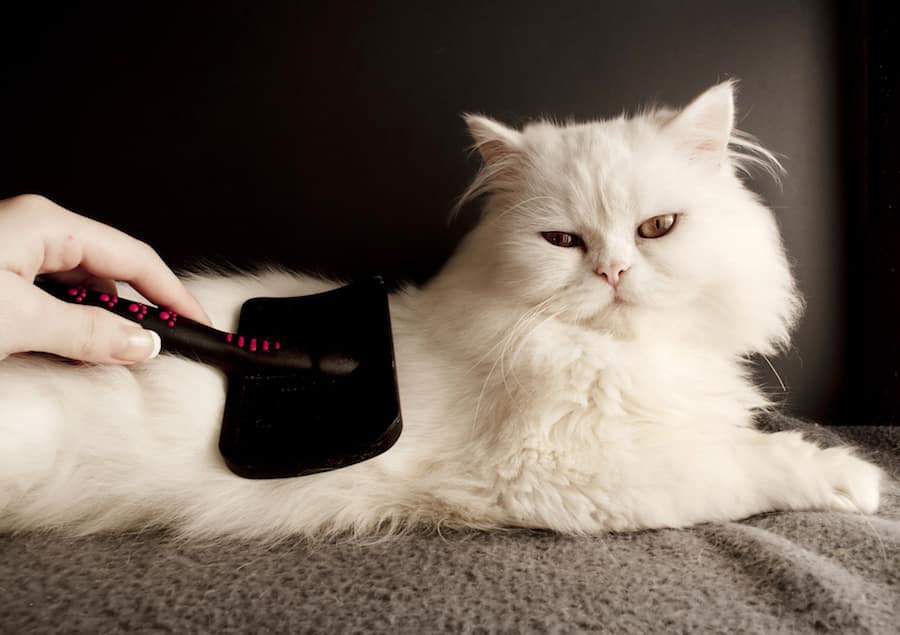
Eating & Drinking
Time to go back to basics!
Water and food intake can be quite significant in determining whether or not your kitty needs to see the vet.
A cat typically needs to replenish their system with food every six hours. So, when your kitty turns their nose up at their food for longer, that can certainly be a clue as to their wellbeing. Additionally, they cannot go without food for more than a day or two due to the danger of ‘fatty liver syndrome.’ This is where the body releases too much fat to compensate for the lack of nourishment and overwhelms the liver, causing liver failure.
Any cat that hasn’t eaten in two days needs to see a vet! Consider this an emergency.
Water intake can be tricky to gauge. In the wild, cats get that from their prey, as they eat fresh meat with higher water content. That’s why you’ll see a significant difference in water intake when you switch a cat from dry to wet food, and vice versa.
A cat who starts drinking and urinating a lot for no clear reason, would benefit from a visit to their vet where they can run tests including blood and urine. Senior cats are more susceptible to two diseases with these symptoms: kidney disease and diabetes.
The other side of the coin is dehydration, where the cat doesn’t take in enough fluids. This, too, happens more often with seniors. A simple ‘scruff test’ can help you determine if your kitty is in need of water. If you pull the scruff of the neck gently up and release it, it should bounce right back. If it barely recedes or recedes very slowly – your kitty is most likely dehydrated.
Keep plenty of clean fresh water around your home to encourage drinking. And include several water bowls throughout your home. A water fountain may also encourage them to drink more. Perform the simple scruff test daily, as dehydration should be addressed as soon as possible and can signal an underlying illness.
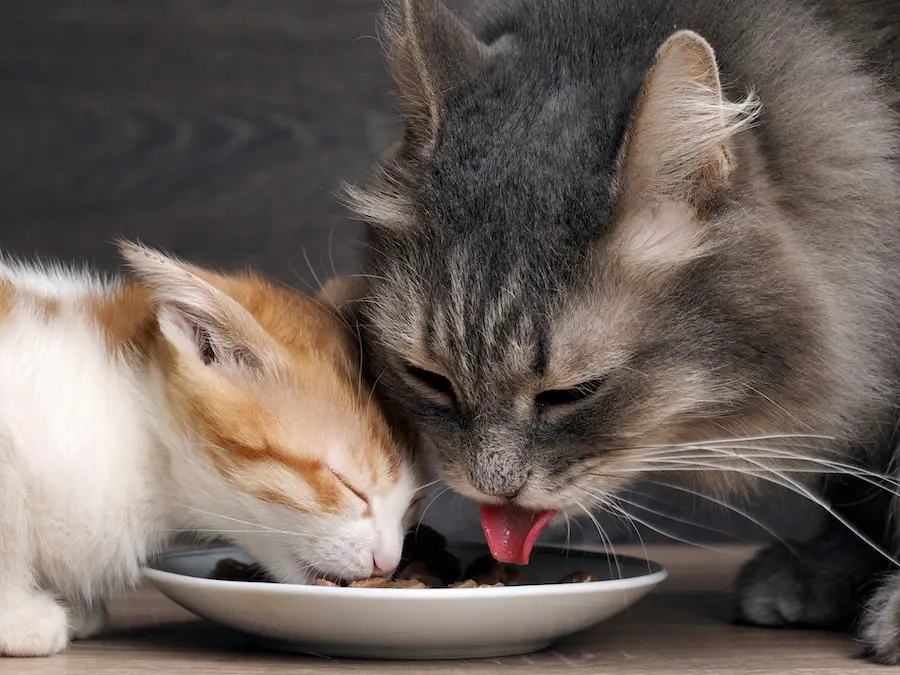
Activity Level
Lastly, as we all can attest, nobody feels like running around and being active when your body is down for repairs.
This is true for cats, as well.
Any change in your cat’s normal activity level needs to be addressed. If your kitty is suddenly unwilling to move from one spot, when normally they’re out for their morning walk by now, something might be wrong. One big warning sign is if your cat is hiding. This is the way they survive in the wild because showing weakness can have deadly consequences.
Pay attention to your cats normal behavior. If they are deviating from their normal behavior, you should seek advice from your vet.
It’s never easy to gauge whether your furry friend is feeling well. So, don’t beat yourself up if you cannot tell at once.
There is one easy rule to keep in mind, though:
If your kitty shows a sudden change in behavior that cannot be easily explained, it’s probably time for a vet visit – it’s better to be safe than sorry.
Together with your vet, you can make sure that your kitty has the best quality of life possible, and hopefully remains your best friend for many years to come.
About the author:
Ilse Devriese is a cat behaviorist who lives in Norway with her 4 cats and partner. She considers herself a student of the Feline Perspective on life, which she writes about on her blog.
